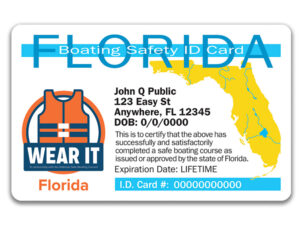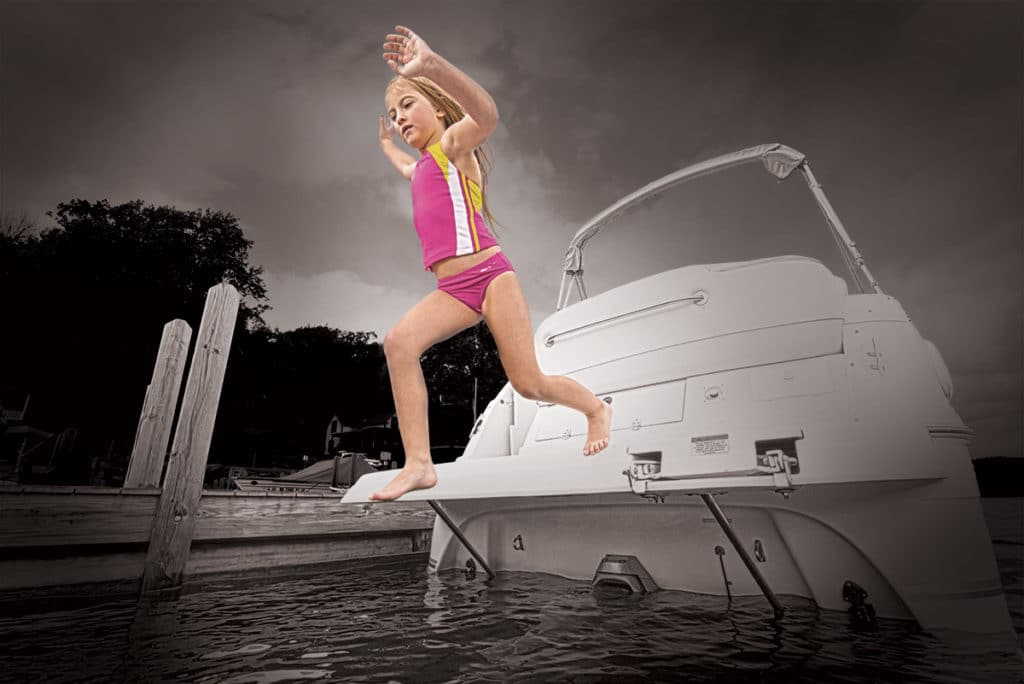
Even the name is horrific. It’s literal overkill. If electrocution doesn’t stop the heart outright, instantaneous muscle paralysis drowns even the strongest swimmers, often kids, when they float into this indiscriminate trap. Last June, a 21-year-old man died in Missouri. The year before, a 13-year-old girl died while a 17-year-old girl narrowly escaped in Louisiana. In 2013, a man in Kentucky pushed his 2-year-old son to safety before being overcome himself. This stealthy assassin was unknown prior to 1999, but the clarity of hindsight shows that electric shock drowning (ESD) has been claiming lives in freshwater marinas for decades.
The good news — if I can call it that while looking at the case facts of six-dozen waterborne electrocutions reaching back to 1986 — is that ESD deaths are preventable today. There are three basic ways to stop ESD: A certified marine electrician can head off problems with a 30-minute visit aboard. A quick test, which boat owners can conduct themselves, ensures that a ground connection is diverting lethal current from the boat to shore. (The damaged end of an easily replaced shore cord is often what causes that ground to break.) Further protection comes with an equipment leakage circuit interrupter retrofit — installed on new boats since 2011 — that shuts off alternating current power at the slightest instance of an ESD-causing fault.
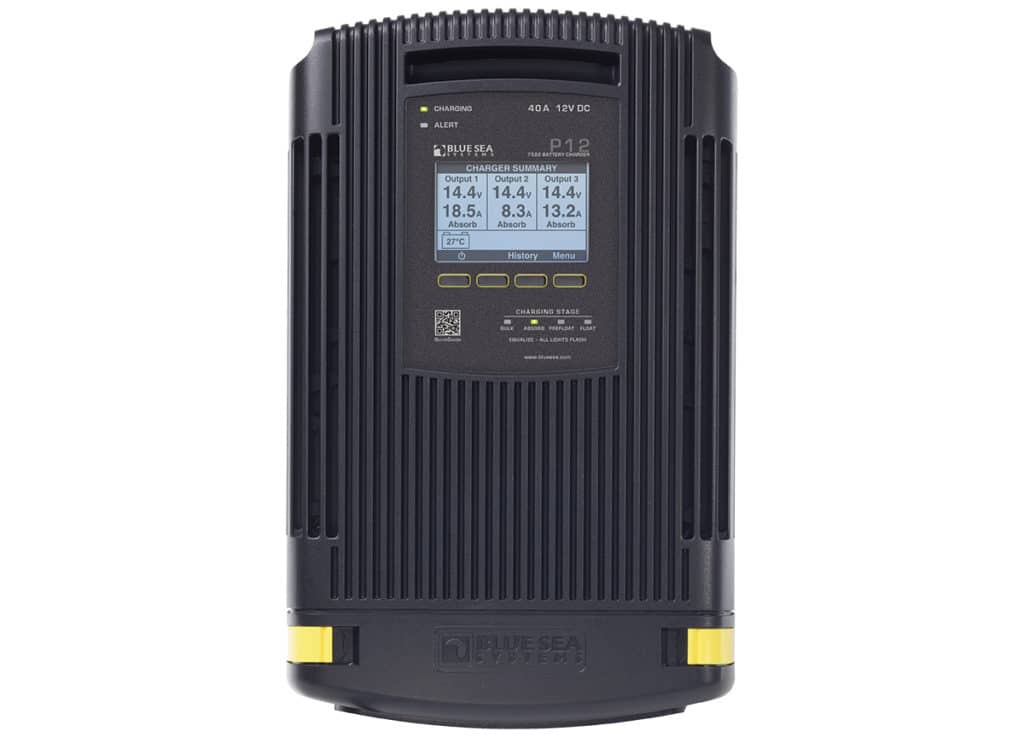
What is ESD?
“It takes less than 1 amp through the body to kill,” says Ed Sherman, education director for the American Boat and Yacht Council, Boating blogger and contributor, and author of two books on marine electrical systems. “The heart stops. The body locks up.” Even a nonlethal dose — just 50 milliamps — paralyzes muscles needed to swim. “It doesn’t show any of the visual characteristics of electrocution,” Sherman says, which is why so many coroners, who rely on burn marks on the skin from the point of electrical contact as evidence of electric shock, often see ESD deaths as simple drownings — a cramp or exhaustion, not an electrical snare that could still be awaiting another potential victim.
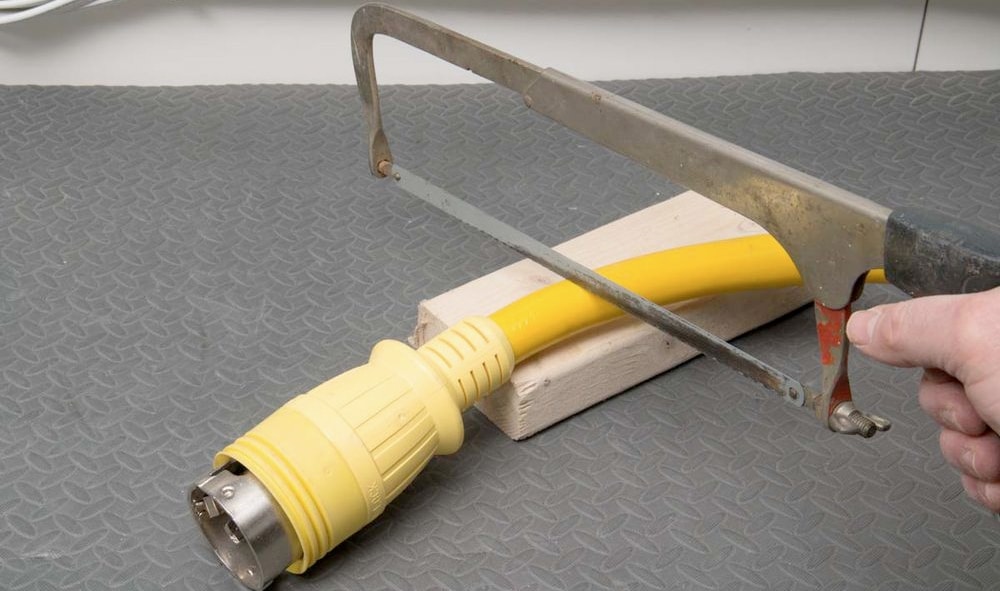
Use this guide to easily replace the cord ends on your shore power cable.
Here’s how it happens: An alternating-current appliance aboard a boat “leaks” a bit of power to the boat’s green-wire grounding system, which then electrifies nearby water through the boat’s underwater metal connected to that same ground via the bonding system used to prevent corrosion. That current reaches across the water’s surface and gradually dissipates. Since our salt-filled bodies conduct electricity better than fresh water, current flows through swimmers who enter that electrically charged water. Seawater, on the other hand, conducts electricity far better, so it quickly dissipates ground-fault current and mitigates the risk to swimmers.
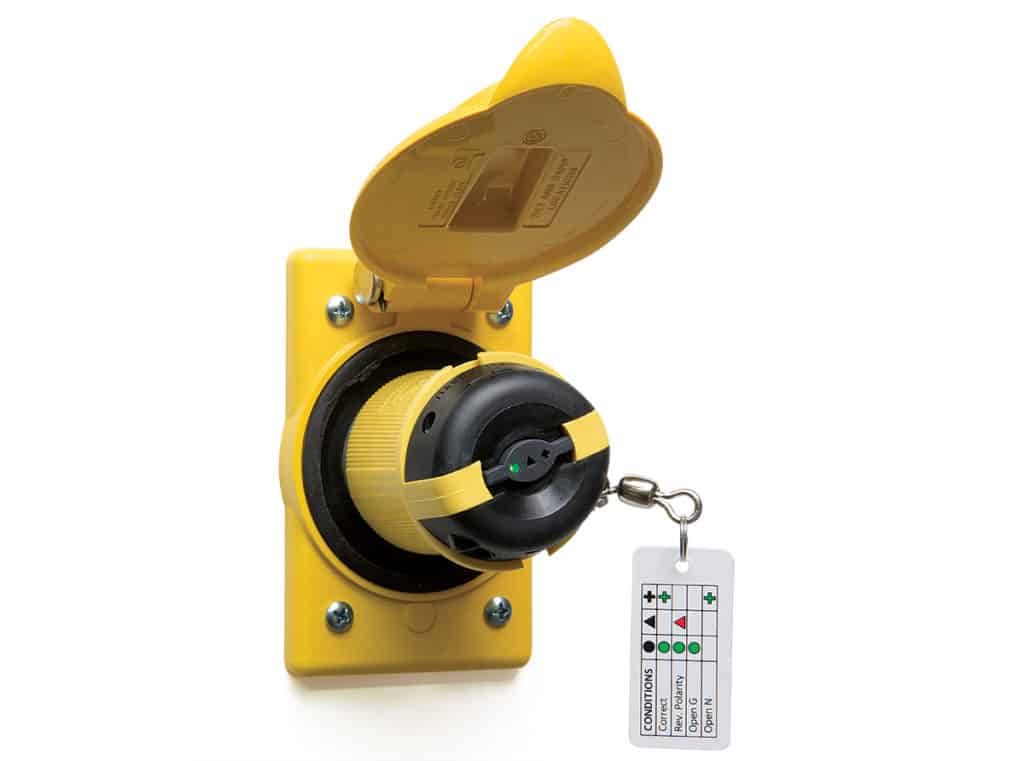
“It takes two faults to add up to a serious problem,” Sherman says. “First, you need a source, or a ground fault, aboard the boat.” He lists electric water heaters and old battery chargers among common sources, both of which can leak several amps without tripping their supply circuit breakers. “That can go on for years without anyone noticing,” he says. The reason is that the leaking current is being carried safely away from the offending appliance through the green ground wire; without that safety ground wire, simply touching whatever appliance is leaking would cause an electric shock.
The second fault is, unfortunately, even more common. Just as that green ground wire carries dangerous leaking current away from an appliance, the shore-cord ground wire should carry that same leaking current right off the boat toward Mother Earth. Over time, as that cord drags across docks, drops in the water and crams into the lazarette, the ground circuit breaks or corrodes. “When you plug in the boat, the lights come on and everything seems great,” Sherman says. “But maybe it’s not.” A broken ground won’t show outward symptoms, but it sets the ESD trap.
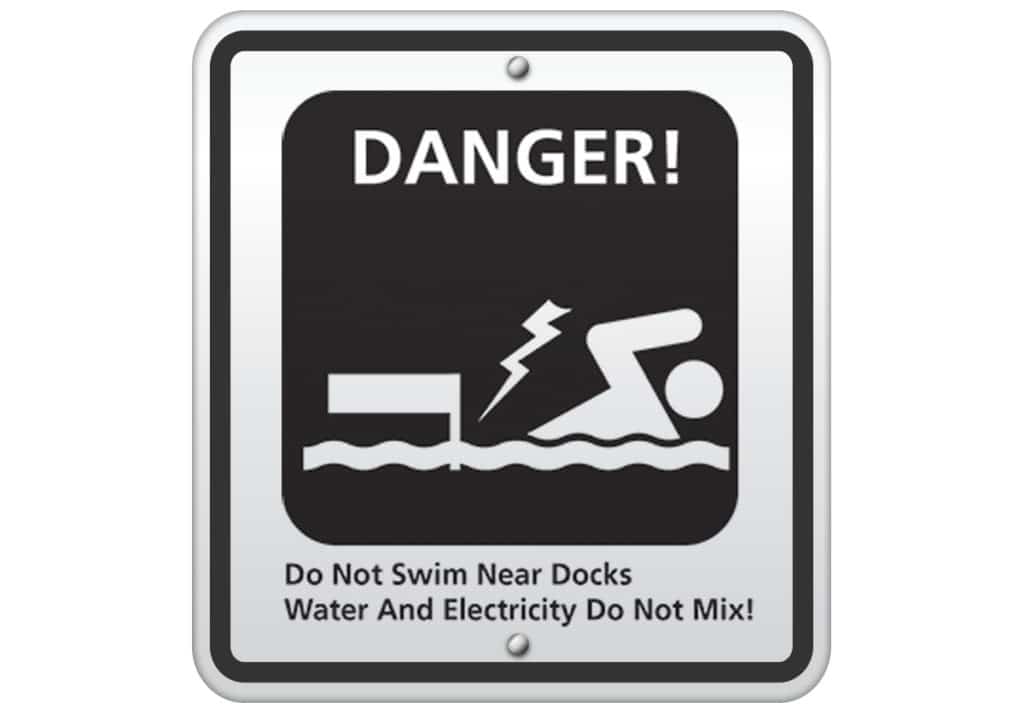
There is a third requirement for most ESD cases too — swimming in a marina. That’s because it’s not the electricity in the water surrounding the boat but rather the voltage difference between that electrical leak and nearby grounded objects, like an adjacent, properly grounded boat, that causes electrocution. However, wire faults on docks alone (and even in swimming pools) have directly caused ESD deaths in both fresh and salt water. And even if a boat’s ground works perfectly, there is no guarantee the dockside receptacle it’s plugged into has an intact ground. “It’s only in the last few years, through efforts by ABYC and others, that marina operators are becoming involved proactively,” Sherman says. Shore-power receptacles, boxes, pedestals and wiring, as well as dock lighting circuits, should be inspected regularly, both in commercial marinas and on private docks.
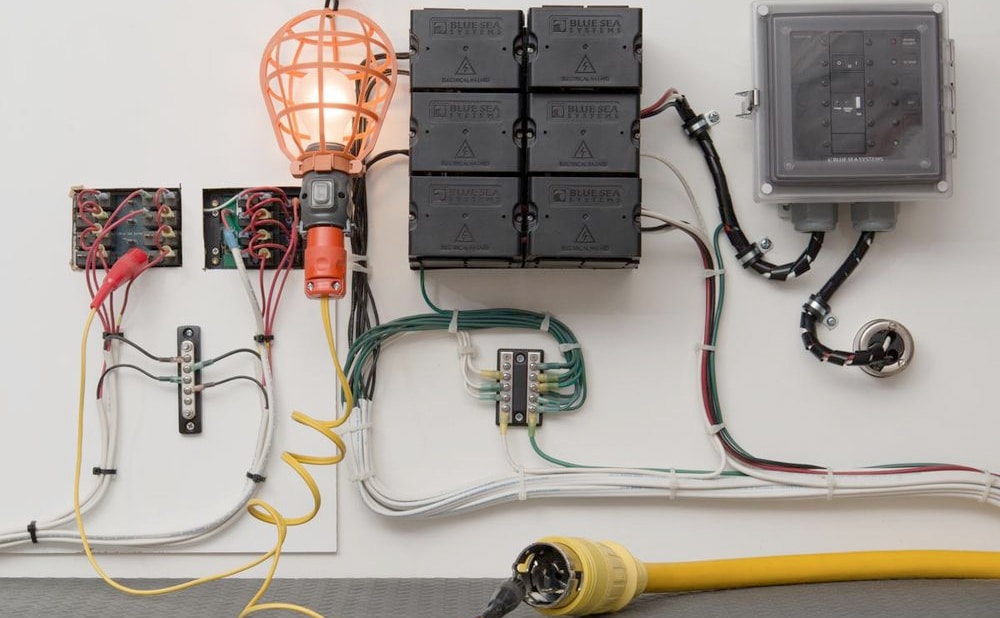
Properly test your boat’s ground system to help eliminate the possibilities of ESD.
The simplest fix? “Every few years, have a certified marine electrician do a ground-fault test on the boat. It requires specialized equipment, but it shouldn’t take more than 30 minutes,” Sherman says. Other steps shown in this article mitigate many, but not all, potential ESD-causing problems. If something seems amiss, Sherman says: “I can’t stress enough the importance of getting an ABYC-certified electrician involved. Even the best terrestrial-licensed electrician isn’t trained to know some really important safety aspects of marine electrical systems.”
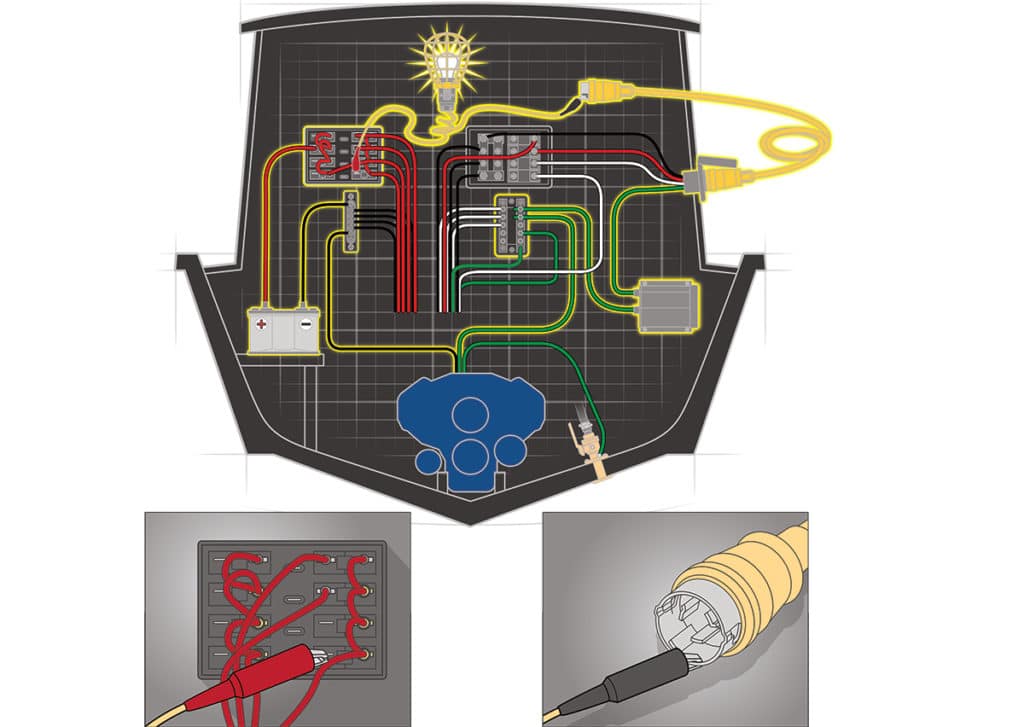
An ample ground connection from the boat through the shore-power cord to the dock all but eliminates the possibility of ESD caused by your boat. This simple test uses the boat’s 12-volt DC power and a 50-watt DC lightbulb to test the boat’s entire ground system through the galvanic isolator to the dockside end of the shore-power cord. With the shore-power cord connected to the boat, but not the dock pedestal, connect the positive lead from the light to an unused DC circuit breaker, and then connect the other lead to the ground connection on the dockside end of the shore-power cord. If the bulb lights, you’ve got a solid ground capable of carrying at least a few amps. It also checks the necessary connection, often made at the engine block, between the boat’s AC ground and DC negative wires. With this light, you can even ensure you don’t have an improperly connected neutral wire somewhere that should be corrected. Capt. Vincent Daniello
Don’t Overlook the Galvanic Isolator
A galvanic isolator connects a boat’s ground to the shore-power cord’s ground. It allows significant current to pass out of the boat to the shore-power ground, preventing ESD, but it blocks minor voltages common in marina ground wires from coming aboard, protecting your boat’s metal from stray-current corrosion. “A lightning strike, not just on your boat but nearby in the marina, can pass massive current that causes that isolator’s diodes to fail,” says Wayne Kelsoe, a recently retired senior electrical engineer at Blue Sea Systems (bluesea.com). Older isolators might fail “open,” causing them to dangerously disconnect the boat’s ground from shore. Our test light will detect that open ground. Newer isolators — installed on most new boats since 2011 — fail “closed” for safety, but that leaves the boat vulnerable to corrosion problems.
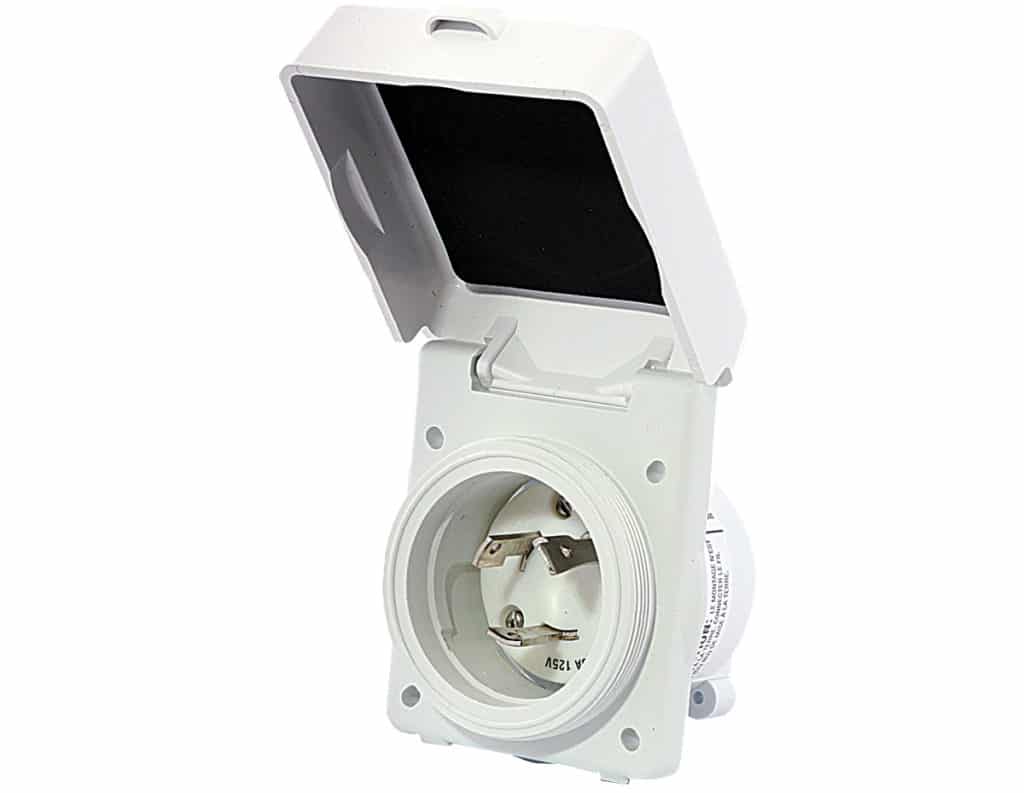
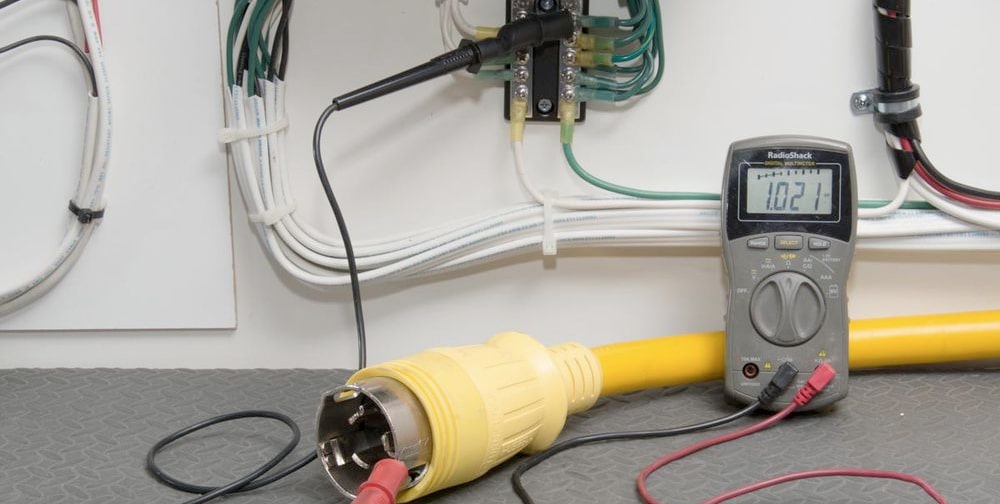
Perform this test on galvanic isolators to ensure their proper operation.
Weak Link: Your Shore-Power Cord’s Ends and Receptacles
Your boat’s green-wire safety ground system is only as good as the shore-power cord that connects that green wire to shore and grounds it to Earth. Shore-power cables last for decades, but cord ends often fail sooner, usually from internal corrosion, such as high amperage that occurs from a lightning strike, low voltage at a marina or a short, which is common if a charged cord end is dropped in the water. “Look for burn marks around terminals or pitting on the blades that show it’s been arcing, or any signs of corrosion,” says Joe DiMaria from Hubbell (hubbell-marine.com). Either problem will, sooner or later, cause that cord’s connections to fail. Also check the cord end’s mating receptacle on the dock or boat because a faulty receptacle can short a cord end, or vice versa. Look for corrosion in and on the back of that receptacle too; it’s a common place for the ground connection to fail.
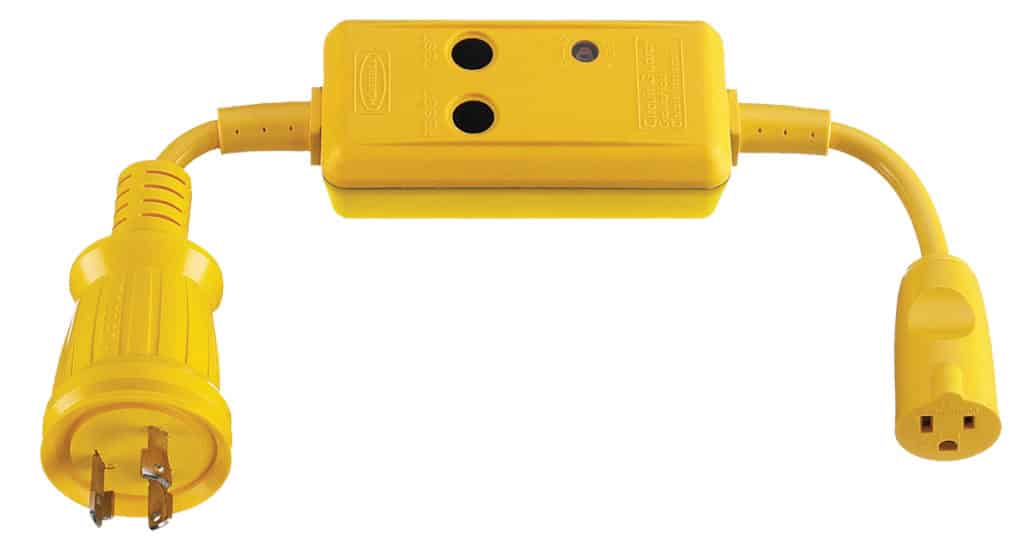
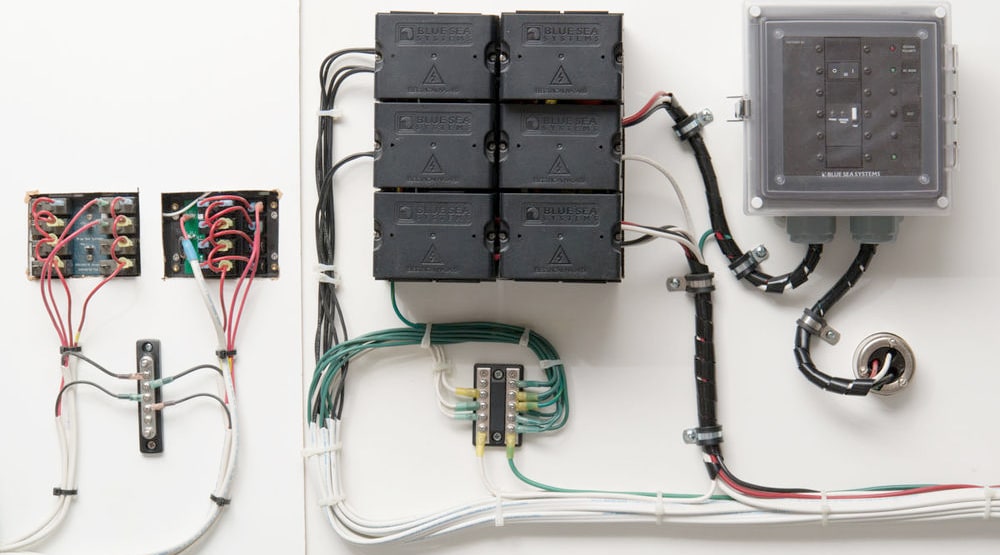
Maximize protection from Electric Shock Drowning by installing an Equipment Leakage Circuit Interrupter.
Equipment Leakage Circuit Interrupter: A Tight-Fisted Electron Accountant
The best prevention for ESD is to install an equipment leakage circuit interrupter (ELCI) on your boat’s shore-cord inlet. Just like the ground fault circuit interrupters (GFCI) outlets in your boat galley or home kitchen, an ELCI measures the magnetic field generated by current flowing through the two or three wires that bring power into your boat. While each individual wire will tick that measurement, the net of the wires should always be zero. “All the electrons going out through one wire should be coming back through another,” Wayne Kelsoe explains, about how the system is supposed to work. Any imbalance means electricity is leaking somewhere — which is never good. If the leak reaches 30 milliamps, the ELCI will shut off shore power to the boat in the blink of an eye.
ELCI protection has been included in ABYC electrical standards since 2011. It’s also readily available in complete packages to retrofit into older boats. It’s another step in preventing the serious problem of ESD.




